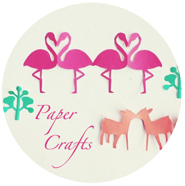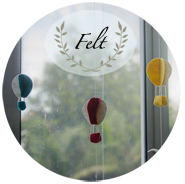Have you had a teacher in your primary / secondary schooling years that fit into this profile:
Unmarried woman in her 40s, with a perpetual scowl on her face.
I still can recall a teacher known as Ms Tay, that I encountered in Primary 5, who didn’t rank too highly in her personable attributes. Being 11 then, I think it was easier to manage a teacher whom I don’t feel really compelled to give gifts to when Teachers’ Day came around that year.
This reminds me of a retro card game I used to play in Primary School;

So how do I manage when it is my barely 8 year old that is experiencing a form teacher of this profile in Primary 2 this year?
This experience with K’s new form teacher is like an understatement to experiencing a fast track education in Singapore. Not just in academics, but also a fast track lessons in learning EQ.
I suspected that this teacher is quite ‘different’ during the 2nd week of a teacher-parent briefing, when she insisted that she will not give her mobile number to the parents but will prefer to communicate through email. Many of K’s classmates parents expressed their preference that it will be a more effective form of communication with her. Besides last year, we could call or drop an sms to the previous form teacher. With reluctance, she wrote her mobile number on the white board, and highlighted that we should only call/message her when absolutely necessary.
As for how K feels about his form teacher? It can be seen through these short anecdotes after 3 weeks of school;
“I think Ms Ong is not a happy person, I hardly ever see her smile.” 
“You know what happened today, C (his classmate) broke her water bottle and was really upset about it, and you know what Ms Ong said. She said that she does not care! She actually said that she doesn’t care!” – with a look of disbelief on his face.
“Ms Ong is really not sharp, she ended up scolding the wrong person in class. Instead of D who was the one who started disturbing E, she punished E. I pity E, who did not deserve the punishment.”
“Ms Ong punishes the whole class, when just one person makes the mistake. The rest of us get punished even when it is not our fault” (I told him like it is in being in the Army, as that happens when someone makes a mistake in the platoon).
“Sigh…I really miss Mdm Tan (his teacher last year). Even though she is strict and firm, she is caring, but Ms Ong…(sigh again)”
What he needed was fast track lessons on EQ;
– To learn to be alert and watch her emotions and body language during class time.
– And be really, really attentive during her lessons so that he knows what he to do for her subjects that she teach.
So far he hasn’t experience any issues with her, but have been sharing stories about how some of his classmates, the not-so-alert ones, who have been getting it quite bad from her.
Still, I can see myself writing her this note to her;


As much as I wanted to send this to her through K, I decided not to.
Having come from the ‘school of hard knocks’, I have come to realise that often in life we are not able to change the circumstances surrounding us. Until we take drastic measures to change the situation with these bad bosses or not-so-good teachers, and look to switching jobs or the schools.
Having a not-so-good teacher may not be that bad after all, when this becomes an opportunity to teach K to manage challenging situations by changing his attitude towards it, rather than always expecting things to change for him.
Nonetheless, we find ourselves praying for her nightly before we go to bed, in the hope that she can experience the love of God, so that she can be transformed to be a more loving person towards the children and others.
To be frank, I am not really that excited to meet her again for PTM in May, as she just made it more challenging for me to motivate my child in his second year of Singapore’s School system.
And if desperate measures are ever needed, this letter that I just imagined myself writing to her, might just reach her one of these days.
—–
Read here on my take of how a parent can manage the pressures of the Singapore School system, Part 2 of post here.



 Have you tried art experiences at home with your child? And what are your favorite mediums (craft, paint, color pencils, pastels etc)?
Have you tried art experiences at home with your child? And what are your favorite mediums (craft, paint, color pencils, pastels etc)?


























